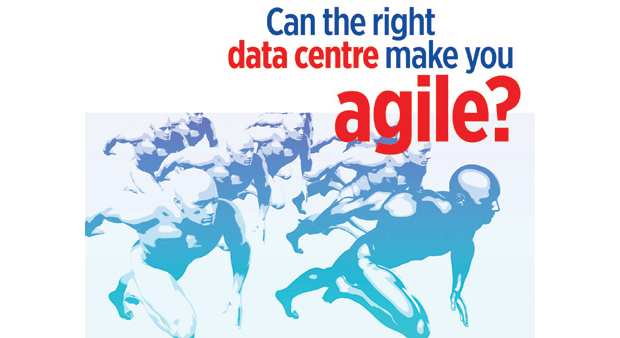Organisations are increasingly moving from technology driven modes of operation towards data driven, as the pace of both digital disruption and transformation accelerates.
That was a key point from Marc O’Regan, CTO, Dell EMC Ireland, at the most recent TechFire event where the question was posed, can the right data centre make your business agile.
O’Regan detailed the architectures and technology stacks that were enabling organisations to leverage hybrid cloud solutions, and allowing them to take advantage of the next generation of data centre services.
Agile culture
Following the agile culture trends of IT, derived from Agile Software Development methodologies, organisations are moving at a greater speed to develop and bring to market new offerings, responding quicker to both customer demand and market conditions. This is facilitated by IT being able to deliver faster and more flexibly, said O’Regan, as well as scalabley.
Keith O’Leary, principal consultant, Sungard AS, delved further into the technical, and described how automation and orchestration, both by service providers in creating new features and capabilities, and end users in deploying workloads, had allowed new levels of service and performance.
“The orchestration ‘layer’ allows for planned automation and provisioning tasks within a cloud environment,” said O’Leary, “typically managed by a distinct software platform.”
He said that this layer can be open source or commercial, but relies heavily on APIs, with a focus on configuration, changes and change management, and provisioning. They can also play a role in monitoring, security, and other functions.
Orchestration
Orchestration relies heavily on automation tools and rules, he said. “Automation tools can easily manage a number of common cloud ‘activities’,” said O’Leary. It provides consistent monitored processes/provisioning of cloud services, making it easier to detect abnormal.
This was a key principle for John Ryan, CEO, Zinopy, as company’s Insight security service employs such a layer, as it gathers data, aggregates and analyses in real time network traffic events. This provides faster insights for the detection of abnormal or potentially harmful activity. Given the potential volume of events, as well as the potential for ramp up in the event of an incident, Ryan said that the underlying platform had to be highly available, resilient and scalable, as well as responsive and flexible to meet the needs of the services deployed.
Ryan said it made sense to go with a service provider for this, giving Zinopy the latitude it needed for redundancy and accessibility in providing its services.
Panel themes
The panel discussion opened with concerns raised around data sovereignty, as well as security issues. The attendees broadly agreed that this triumvirate of concerns, with control being the third element, was uppermost when it came to using a service provider in this context. Though a show of hands revealed that few considered themselves to be a significantly down the route of agile business enabled by agile IT services.
An audience question asked if the impending regime change in the US would likely affect data currently stored in data centres which might be backed-up to that jurisdiction.
The panel agreed that there would likely be changes with the advent of the new regime, but that it was impossible yet to tell what those changes were likely to be. However, with the Microsoft case of the request for email records held on a Dublin server having been cited, O’Leary said that existing rules would still apply, but that GDPR may well have a greater effect.
Another question from the floor asked about the future of data centres in general and whether they were likely to shrink, consolidate or, as Gartner has suggested, disappear. Panellist Brian Finnegan, solutions architect, Sungard, said that while the suggestion of disappearance might be somewhat extreme, there were changes coming in both the technologies and modes of operation. The move towards software defined everything would likely continue apace, while automation and self-service, in terms of configuration and deployment, would change the way that organisations engage and employ data centre services.
TechCentral Reporters





Subscribers 0
Fans 0
Followers 0
Followers